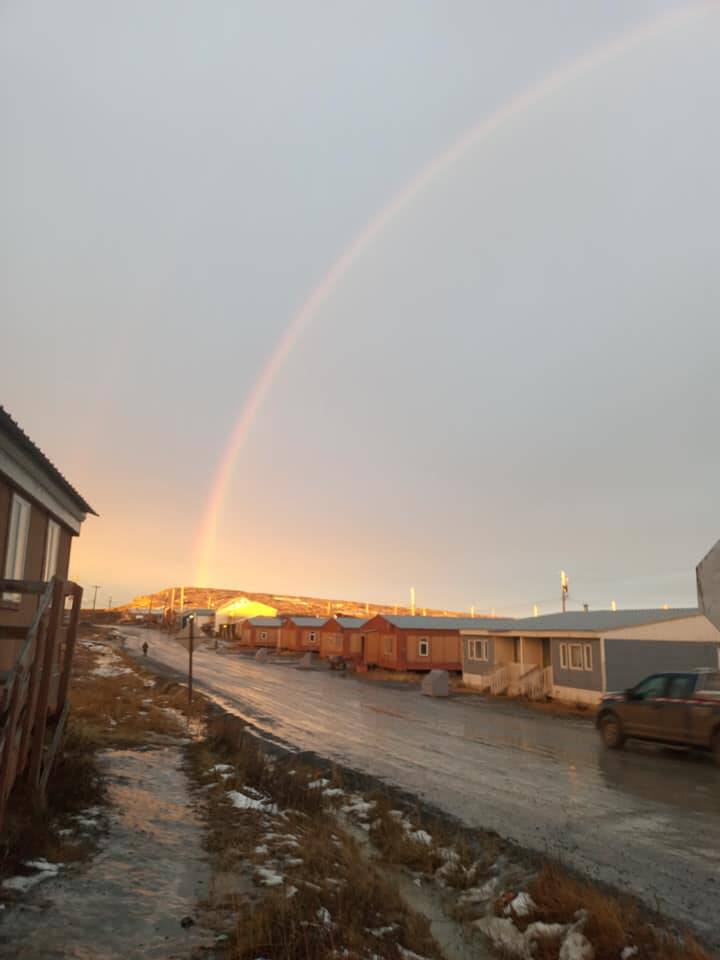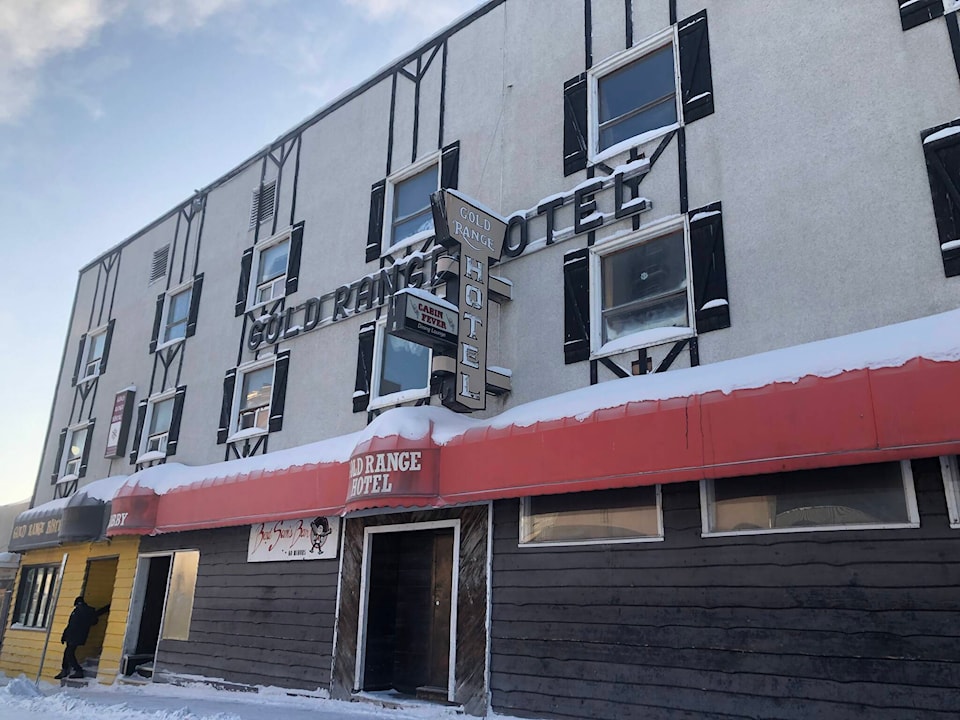Since opening in 1958, the Gold Range Hotel has housed one of Yellowknife’s busiest bars, which opens until late, and it’s known to get rowdy.
It harks back to the time before cellphones, crime shows on every channel and security camera footage — and therein lies its appeal for some patrons, but it makes it a nightmare for missing person investigators.
In the summer of 1990, the bar was enjoying its heyday as one of the highest grossing watering holes in Canada, and that’s when Mary Rose Keadjuk walked in. She cut a slim figure at five-foot-two with large brown eyes framed by black hair. Despite missing some teeth, she smiled widely and often.
The petite 24-year-old came to Yellowknife from Kugluktuk. She left her four-year-old son, Nathan, in the care of her parents to focus on her second year of studies at Aurora College. Some reports say she was pregnant at the time, however, the RCMP said this is unconfirmed.
While she was not a registered guest at the Gold Range Hotel, she stayed with friends who were temporary or permanent residents there. The hotel and bar can be quite the rabbit warren — guests would wander in and out and in again. It was hard to keep track of who was coming and going.
Keadjuk was last seen at the Range on June 28, 1990. And almost two and a half months later, on Sept. 13, 1990, she was reported missing by an acquaintance.
“Her timeline during the summer of 1990 is mostly based on witness accounts and there is not necessarily an exact date when and where she was last seen,” said Cpl. Mike Lewis from Yellowknife’s RCMP Historical Case Unit.
According to the RCMP, she left her personal belongings in a friend’s hotel room, including the prescription eyeglasses she needed to see. This indicated to police that she intended to return.
“Mary Rose’s case is a suspicious death where foul play can’t be ruled out,” said Lewis.
Historical missing person cases rely heavily on two changes to happen over time: one in technology and one in relationships. Back in 1990, surveillance and social media didn’t monitor people. People monitored people. So this case will likely only be cracked open by someone saying something, not the only shred of physical evidence found years later.
In 2003, a bone fragment was discovered at Con Mine, near Great Slave Lake, in close proximity to where the body of Mariella Lennie was found in May 1992. Lennie had just turned 18. The RCMP have and will continue to explore the possible connections between Indigenous women who went missing or were murdered during this time, including but not limited to Charlene Catholique, Dorothy Georgina Abel and Angela Meyer.
SEE: What happened to Mariella Lennie
The bone fragment was sent to a lab at the University of Alberta. The analysis determined it likely came from a petite woman in her 20s. The lab tried unsuccessfully to extract DNA from the bone several times.
In 2018, the bone was sent to a lab in Bosnia and Herzegovina and it was identified as belonging to Keadjuk.
“I’m just glad it is over now,” Keadjuk’s son, Nathan, told Yellowknifer in 2018.
In order to emotionally survive, he said at the time that he had to move on from the search, but he named his daughter after his mother.
Yellowknifer was unable to reach family members for this story.
For investigators, this case is cold but far from closed.
“The disappearance of Mary Rose in 1990 has never been forgotten,” said Lewis. “Her family and the community deserve to know what happened to her.”
Anyone with information on Mary Rose Keadjuk or any open investigations is asked to contact the NT RCMP Major Crimes Unit at RCMP at 867-669-1111 or Crime Stoppers at 1-800-222-8477.
Do you know of a YK Cold Case you’d like us to investigate? Email: anna.james@nnsl.com

